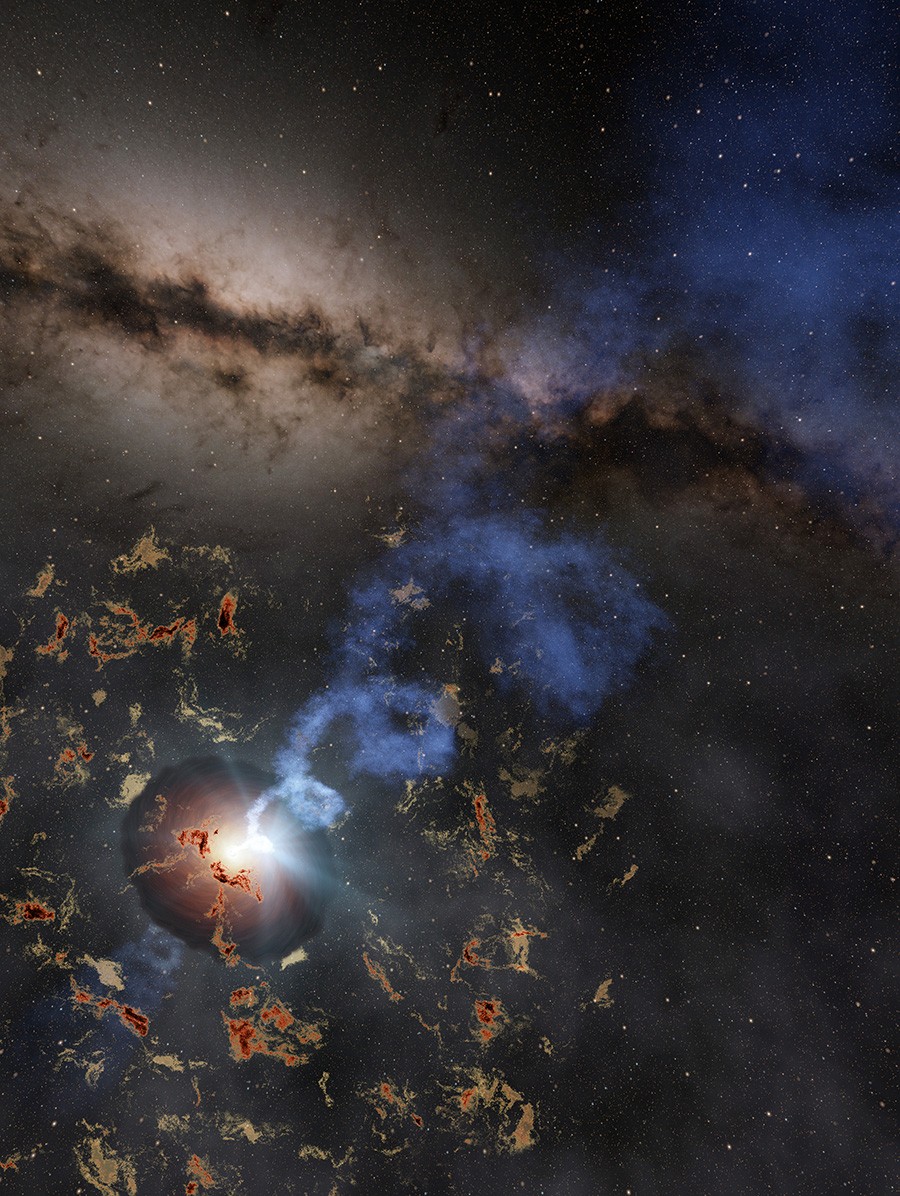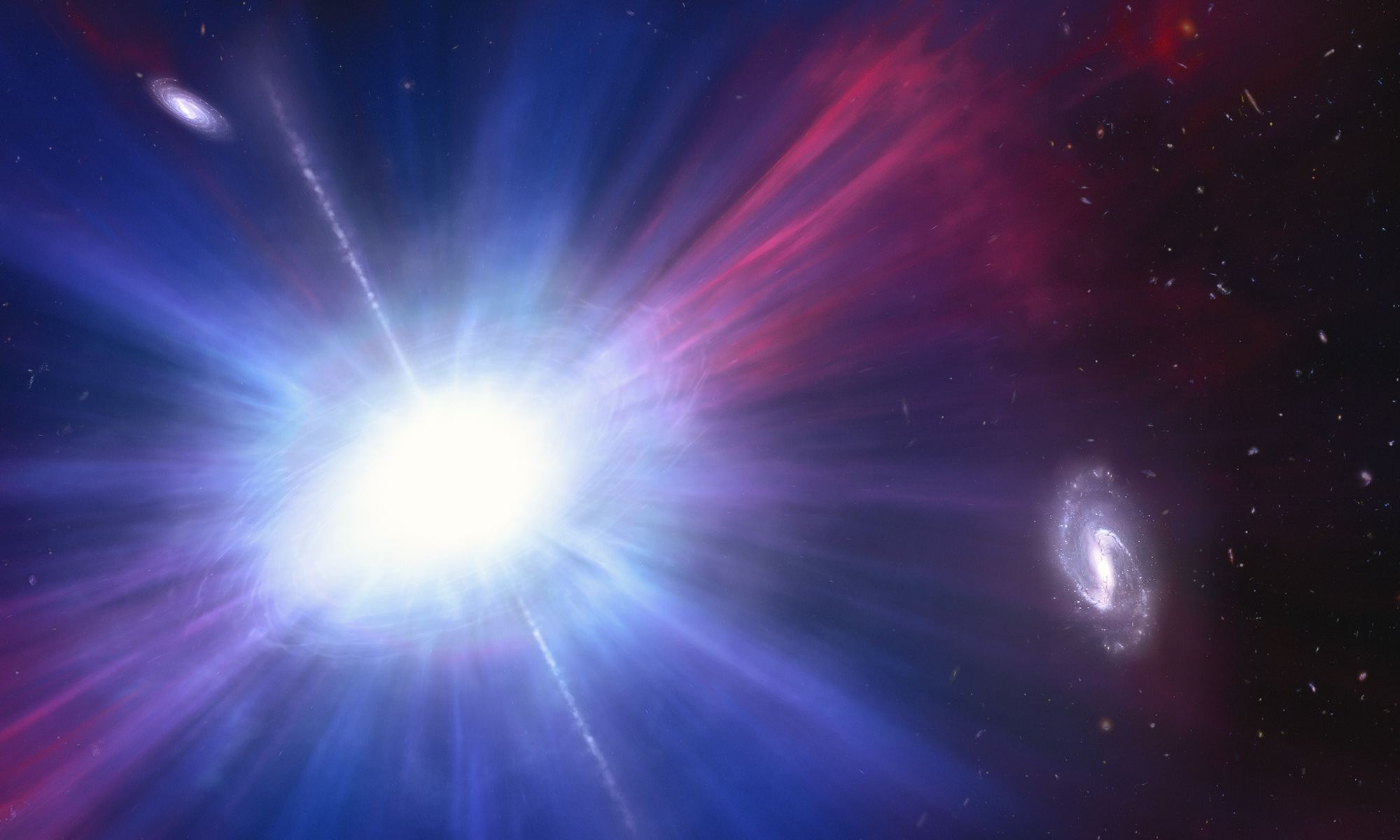In September 2022, an automated sky survey detected what seemed to be a supernova explosion about one billion light-years away. The Zwicky Transient Facility (ZTF) spotted it and gave it the name AT2022tsd. But something was different about this supernova. Supernovae explode and shine brightly for months, while AT2022tsd exploded brightly and then faded within days.
Continue reading “Can a Dead Star Keep Exploding?”Can a Dead Star Keep Exploding?


